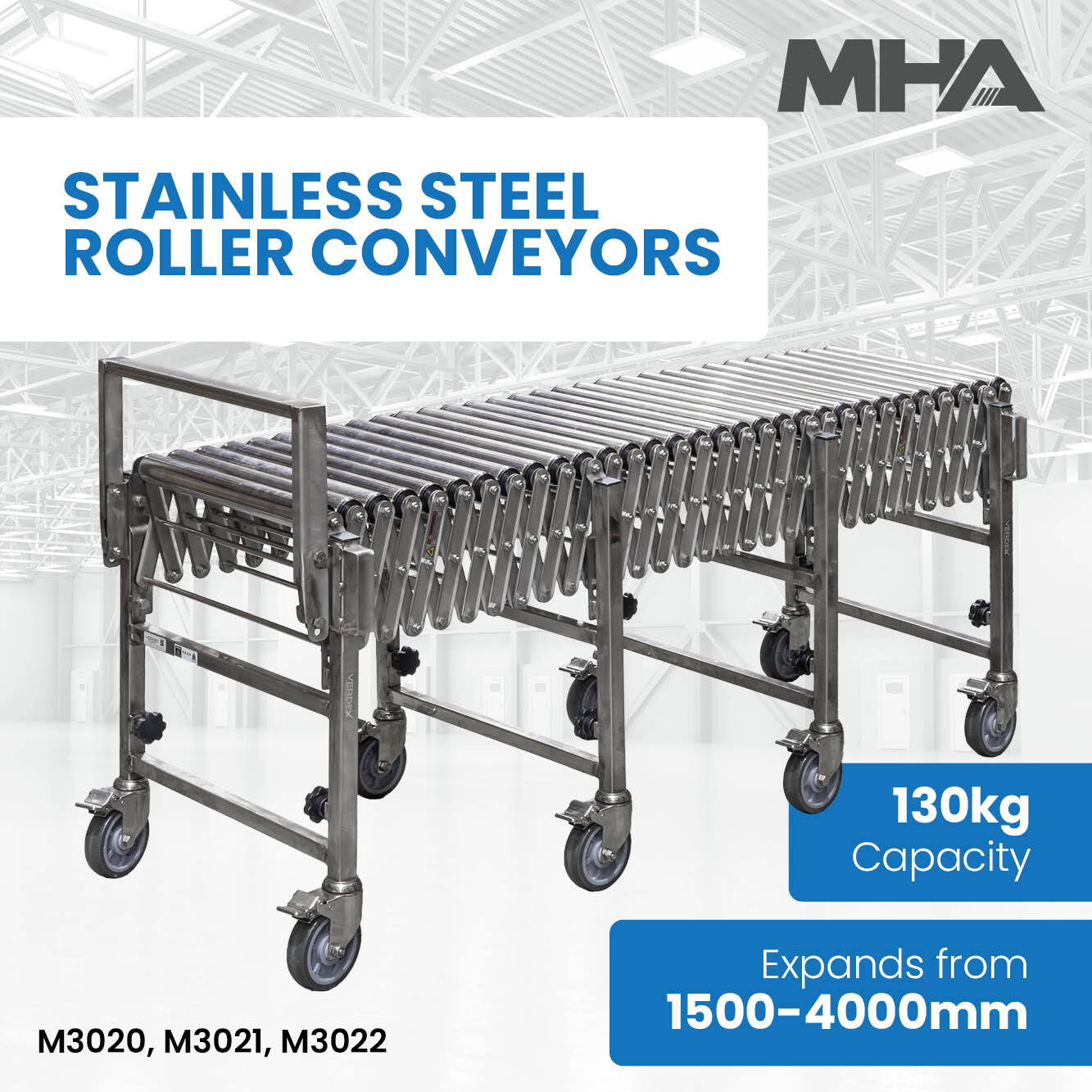Key Considerations When Selecting Conveyor Systems
Date Posted:26 August 2024
Selecting the right conveyor system for your facility is a complex but crucial task. By considering factors such as material handling needs, operational environment, system types, load capacity, energy efficiency, ease of maintenance, safety features, and
Conveyor systems are the lifeblood of many industrial and commercial facilities. They streamline processes, improve efficiency, and ensure smooth operations. However, selecting the right conveyor system is crucial for optimising productivity and meeting your facility’s specific needs. Here are key considerations to keep in mind when choosing a conveyor system for your facility.
1. Type of Material Handling
The first step in selecting a conveyor system is understanding the type of material you need to handle. Different materials require different conveyor systems. Consider the following factors:
- Material Size and Shape: Bulk materials, such as grains or coal, require different conveyors compared to packaged goods.
- Material Weight: Heavier items might need robust conveyors like roller or belt conveyors, while lighter items can be handled by simpler systems like gravity conveyors.
- Material State: Liquids, powders, and solids each have specific handling requirements to prevent spillage and ensure safe transport.
Understanding these aspects will help you choose a system that efficiently handles your specific materials without causing damage or delays.
2. Operational Environment
The environment in which the conveyor will operate significantly influences the type of system you should select. Consider factors such as:
- Temperature: High-temperature environments might require heat-resistant belts, while cold storage facilities need conveyors that function well in low temperatures.
- Cleanliness: In sectors like food processing or pharmaceuticals, hygiene is paramount. Stainless steel conveyors with easy-to-clean surfaces are ideal in these settings.
- Space Constraints: Evaluate the available space in your facility. Overhead conveyors can be an excellent option for facilities with limited floor space.
Matching the conveyor system to your operational environment ensures durability and reduces the need for frequent maintenance or replacement.
3. Conveyor System Types
There are various types of conveyor systems, each suited to different applications:
- Belt Conveyors: Ideal for transporting items of varying shapes and sizes. They offer a smooth and continuous flow, making them suitable for packaging and assembly lines.
- Roller Conveyors: Best for moving heavy or large items. They come in powered and gravity versions, providing flexibility depending on the specific needs.
- Chain Conveyors: Perfect for handling heavy loads or items that require a firm and steady grip, such as pallets.
- Overhead Conveyors: Great for saving floor space and efficiently transporting items across different levels of a facility.
Choosing the right type of conveyor system is essential for meeting the specific demands of your facility’s operations.
4. Load Capacity and Speed
Assess the load capacity and speed requirements of your operations. Overloading a conveyor can lead to frequent breakdowns and inefficiencies, while a system that’s too slow can cause bottlenecks. Key considerations include:
- Maximum Load Capacity: Ensure the conveyor can handle the heaviest loads it will encounter.
- Operational Speed: Match the conveyor speed with the speed of your production process to maintain a consistent workflow.
Balancing load capacity and speed is crucial for optimising productivity and ensuring the conveyor system can handle peak operational demands.
5. Energy Efficiency
Energy consumption is a significant consideration, especially in large facilities where conveyor systems run continuously. Opt for energy-efficient models to reduce operational costs and minimise your facility’s carbon footprint. Features to look for include:
- Variable Speed Drives (VSD): Allow you to adjust the speed of the conveyor based on demand, saving energy during low-production periods.
- High-Efficiency Motors: These consume less power while providing the same output, reducing overall energy consumption.
Investing in energy-efficient conveyors can lead to substantial savings over time and contribute to sustainability goals.
6. Ease of Maintenance
Regular maintenance is necessary to keep conveyor systems running smoothly. Select a system that’s easy to maintain and has readily available spare parts. Key factors to consider:
- Modular Design: Systems with modular components are easier to repair and replace, minimising downtime.
- Accessible Parts: Ensure critical components are easily accessible for quick maintenance and repairs.
- Support and Service: Choose a supplier that offers robust after-sales support and readily available service options.
Ease of maintenance directly impacts the longevity and reliability of your conveyor system, reducing long-term operational disruptions.
7. Safety Features
Safety should be a top priority when selecting a conveyor system. Look for features that protect workers and ensure safe operations, such as:
- Emergency Stop Buttons: Located at regular intervals for immediate shutdown in case of emergencies.
- Guarding: Proper guards to prevent accidental contact with moving parts.
- Noise Levels: Systems that operate quietly reduce noise pollution and improve the working environment.
Implementing robust safety features helps prevent accidents and creates a safer workplace for employees.
8. Cost Considerations
While it’s important to find a cost-effective solution, the cheapest option isn’t always the best. Consider the total cost of ownership, including:
- Initial Purchase Price: Compare different models and suppliers to find a competitive price.
- Installation Costs: Factor in the cost of installing the system in your facility.
- Operating Costs: Consider energy consumption, maintenance, and potential downtime costs.
- Lifespan and Durability: A more durable system might have a higher upfront cost but will save money in the long run through reduced maintenance and replacement costs.
Balancing initial costs with long-term benefits ensures you get the best value for your investment.
Selecting the right conveyor system for your facility is a complex but crucial task. By considering factors such as material handling needs, operational environment, system types, load capacity, energy efficiency, ease of maintenance, safety features, and cost, you can make an informed decision that enhances productivity and efficiency. A well-chosen conveyor system not only streamlines operations but also supports the overall growth and success of your business.




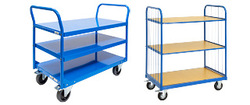

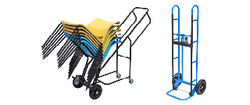


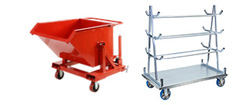
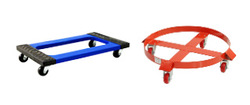
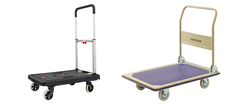
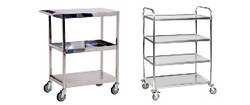

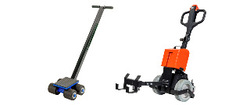
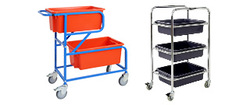
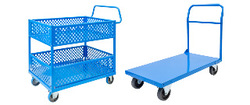
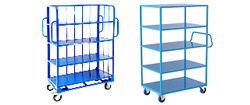
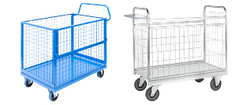
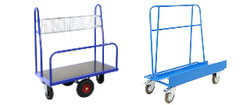
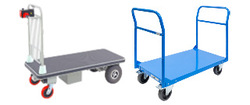
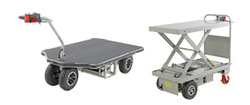

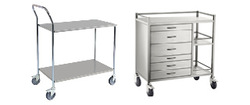
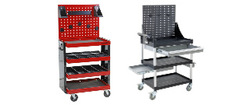
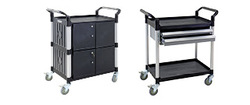
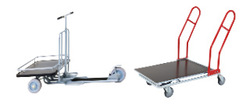
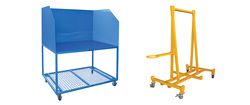



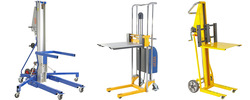



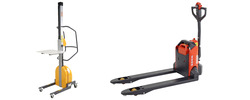
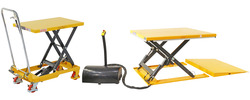
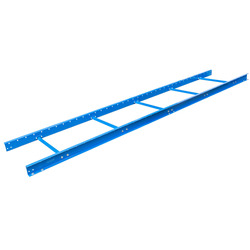
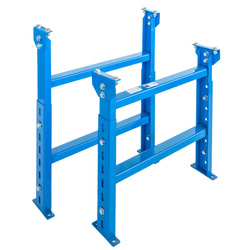

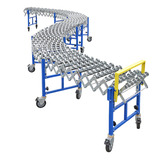




















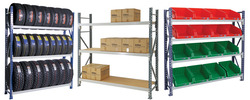
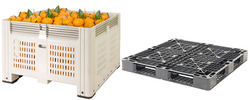
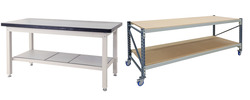
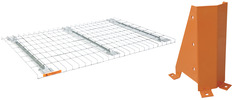
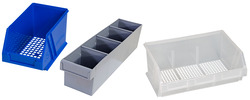

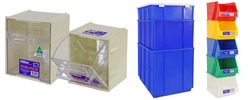

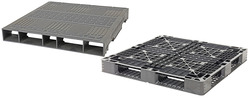

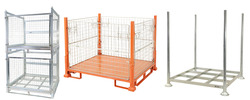

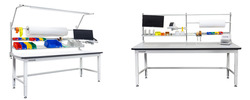

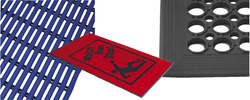
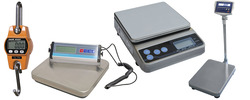



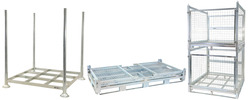
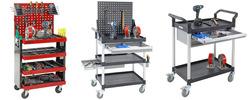
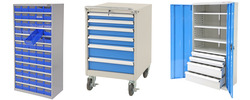
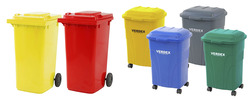
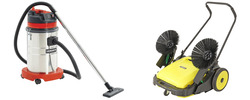











 Trolleys / Hand Trucks
Trolleys / Hand Trucks 2 Tier Trolleys
2 Tier Trolleys 3 Tier Trolleys
3 Tier Trolleys Aluminium Trolleys
Aluminium Trolleys Appliance & Hand Trucks
Appliance & Hand Trucks Cage Trolleys
Cage Trolleys Cleaning Carts & Trolleys
Cleaning Carts & Trolleys Construction Trolleys
Construction Trolleys Dollies
Dollies Foldable Trolleys
Foldable Trolleys Hospital Trolleys
Hospital Trolleys Laundry/Linen Trolleys
Laundry/Linen Trolleys Load Skates & Tow Tugs
Load Skates & Tow Tugs Mail / Office Trolleys
Mail / Office Trolleys Multi Purpose Trolleys
Multi Purpose Trolleys Multi-Tier Shelf Trolleys
Multi-Tier Shelf Trolleys Order Picking Trolleys
Order Picking Trolleys Panel Cart Trolleys
Panel Cart Trolleys Platform Trolleys
Platform Trolleys Powered Trolleys
Powered Trolleys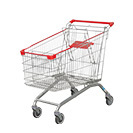 Shopping Trolleys
Shopping Trolleys Stainless Steel Trolleys
Stainless Steel Trolleys Tool Trolleys
Tool Trolleys Utility Carts
Utility Carts Warehouse Trolleys
Warehouse Trolleys Custom Trolleys
Custom Trolleys Lifting Equipment
Lifting Equipment Forklift Attachments
Forklift Attachments Jib Attachments
Jib Attachments Lifting Hoists & Pallet Hooks
Lifting Hoists & Pallet Hooks Manual Stackers & Lifters
Manual Stackers & Lifters Pallet Jacks
Pallet Jacks Pallet Lifters
Pallet Lifters Pallet Rotators & Dispenser
Pallet Rotators & Dispenser Powered Pallet Trucks & Electric Lifters
Powered Pallet Trucks & Electric Lifters Scissor Lift Trolleys and Tables
Scissor Lift Trolleys and Tables Conveyor Equipment
Conveyor Equipment Conveyor Frames
Conveyor Frames Conveyor Stands
Conveyor Stands Roller Conveyors
Roller Conveyors Skate Wheel Conveyors
Skate Wheel Conveyors Access Equipment
Access Equipment Container & Yard Ramps
Container & Yard Ramps Step Stools & Ladders
Step Stools & Ladders Work Platforms & Crane Cages
Work Platforms & Crane Cages Drum Handling
Drum Handling Drum Storage & Bunding
Drum Storage & Bunding Drum Trolleys & Lifters
Drum Trolleys & Lifters Forklift Drum Handling
Forklift Drum Handling Containment & Spillage
Containment & Spillage Aerosol Cans Storage Cages
Aerosol Cans Storage Cages Bunded Pallets & Storage
Bunded Pallets & Storage Corrosive Goods Storage Cabinets
Corrosive Goods Storage Cabinets Flammable Liquid Cabinets
Flammable Liquid Cabinets Forklift Gas Storage Cages
Forklift Gas Storage Cages Gas Cylinder Storage
Gas Cylinder Storage Site Storage
Site Storage Spill Kits
Spill Kits Stillage Cages
Stillage Cages Waste Handling
Waste Handling Bin Lifters & Tippers
Bin Lifters & Tippers Plastic Waste Bins and Carts
Plastic Waste Bins and Carts Steel Waste and Tipping Bins
Steel Waste and Tipping Bins Storage Equipment
Storage Equipment 750 Series Cage Configurations
750 Series Cage Configurations Heavy Duty Cabinets & Benches
Heavy Duty Cabinets & Benches Heavy Duty Shelving
Heavy Duty Shelving Mega Bins & Pallets
Mega Bins & Pallets Packing Benches
Packing Benches Pallet Racking Accessories
Pallet Racking Accessories Parts Trays & Stor-Pak Bins
Parts Trays & Stor-Pak Bins Pegboard & Louvre Panels
Pegboard & Louvre Panels Plastic Bins
Plastic Bins Plastic Handling Solutions Bins
Plastic Handling Solutions Bins Plastic Pallets
Plastic Pallets Stack & Nest Bins
Stack & Nest Bins Storage Cages
Storage Cages Workplace Equipment
Workplace Equipment Workbenches
Workbenches Modular Workbenches
Modular Workbenches Electric Height-Adjustable Workbenches
Electric Height-Adjustable Workbenches Floor Matting
Floor Matting Industrial Weighing Scales
Industrial Weighing Scales Pallet Wrapping & Packaging Machinery
Pallet Wrapping & Packaging Machinery Ramps
Ramps Stationery Cupboards
Stationery Cupboards Storage and Stillage Cages
Storage and Stillage Cages Tool Trolleys
Tool Trolleys Tooling Cabinets
Tooling Cabinets Wheelie Bins
Wheelie Bins Workshop Equipment
Workshop Equipment Safety Equipment
Safety Equipment Gloves and PPE
Gloves and PPE Pallet Rack Post Protectors
Pallet Rack Post Protectors Safety Barriers & Bollards
Safety Barriers & Bollards Safety Knives & Cutters
Safety Knives & Cutters Signs and Traffic Supplies
Signs and Traffic Supplies Tool & First Aid Boxes
Tool & First Aid Boxes Construction Equipment
Construction Equipment Concrete Equipment
Concrete Equipment General Site Equipment
General Site Equipment Lifting Equipment
Lifting Equipment Site Storage
Site Storage Waste
Waste 

